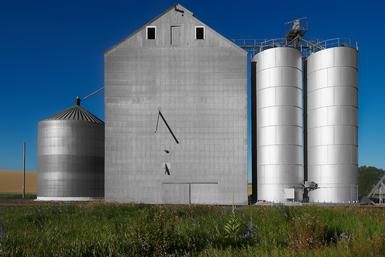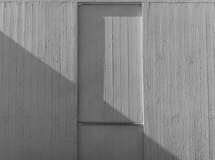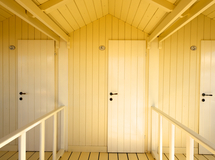Legendary
My career and my art have been defined by a few of the lenses I've used to make my photographs over the years. We know that the camera and format play a foundational role but it is the lenses we use that make our pictures look the way they do.
Early in my career, it was the Carl Zeiss 80 mm Planar for the Rollei SL66 that got the job done. I also learned a lot from using that lens as it was my first optic of very high quality.
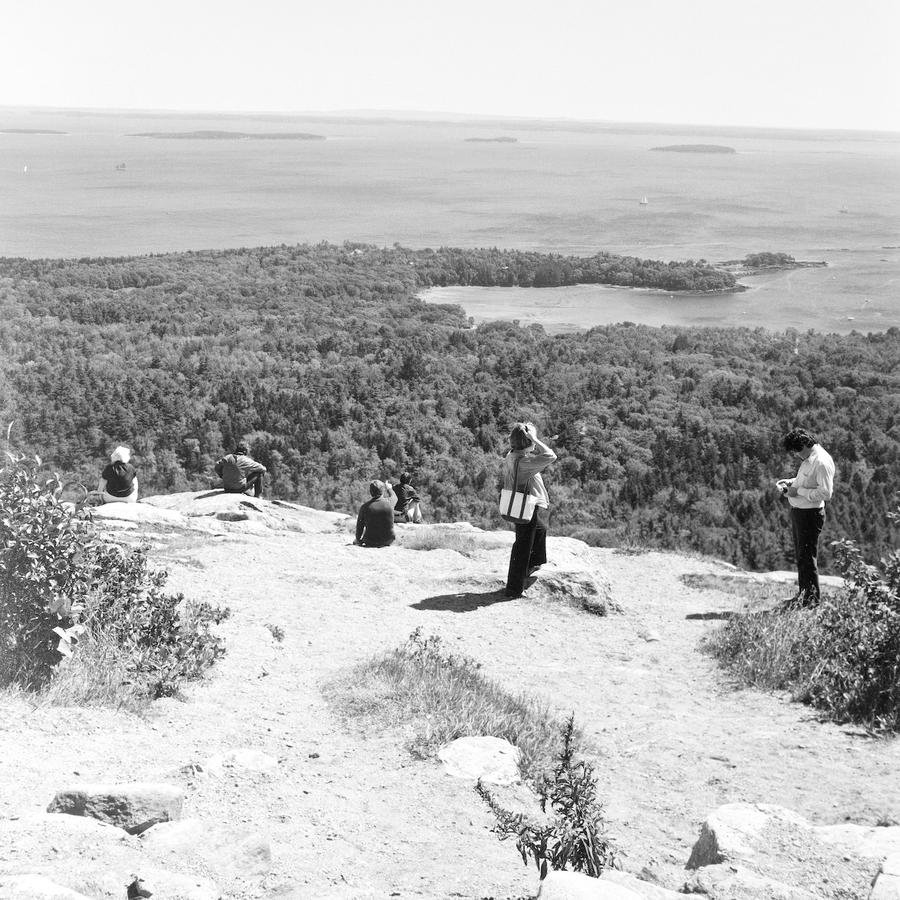
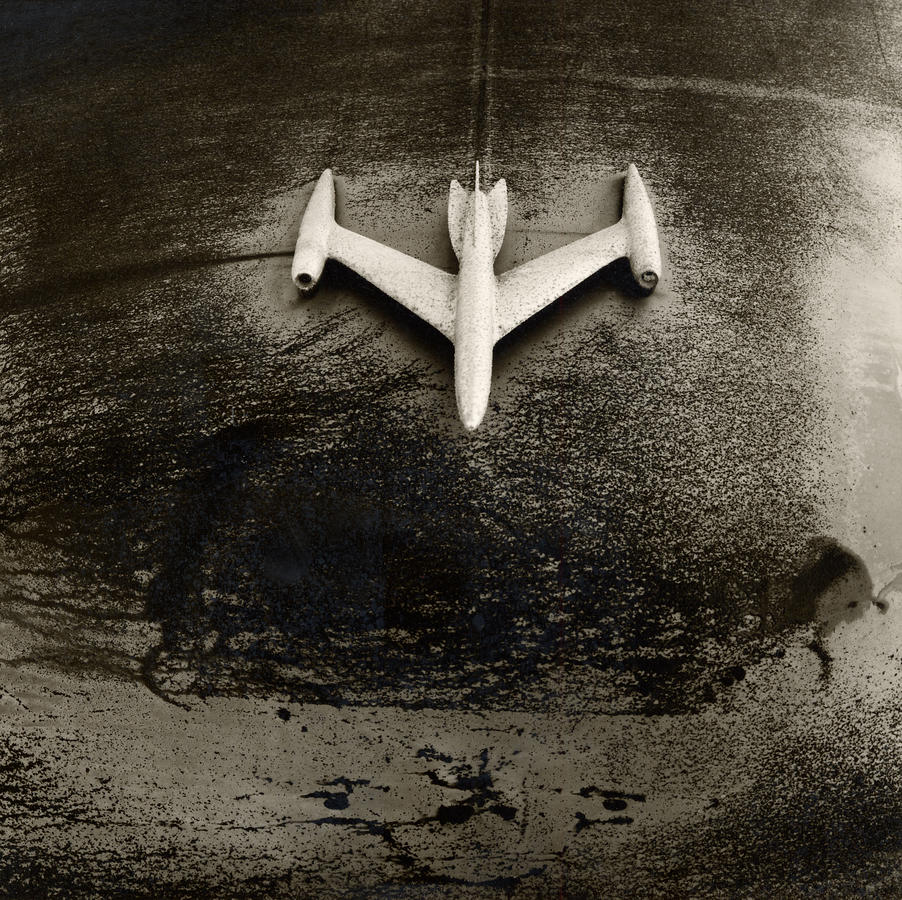
It was sharp and good out to the corners and wonderful close-up. Next it was Zeiss again, with the 38 mm Biogon lens mounted to the Hasselblad Superwide (SWC) camera. A rectilinear lens; if held level, straight lines stayed straight.

Virtually all my series works from the 70's, 80's and 90's were made with the SWC. Next was 8 x 10. I bought the 240mm Nikkor f5.6 first but I found it to be soft so switched to the 300 Nikkor f5.6.
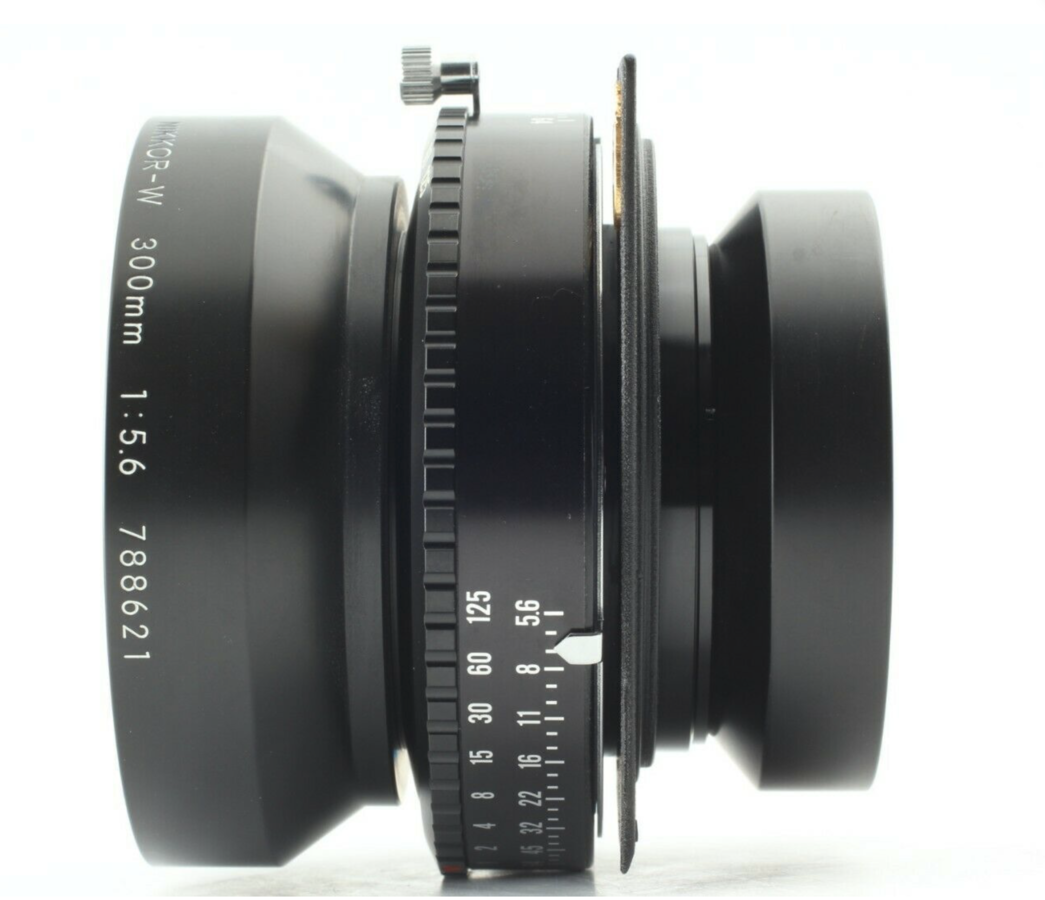
This was a superb lens with a huge circle of covering power. (For those non- photographer readers or those that haven't worked with a view camera, the "covering power" refers to how large a circle of light the lens throws back to the film or sensor. A larger circle allows for more movements of the lens off axis for tilts and swings and other movements.) For twenty years this lens was my main "go to" and it wasn't until fairly late in my use of the format that I added a 210 Super Symmar by, you guessed, it Carl Zeiss.

After switching to digital in about 2005, I have stayed with Nikon throughout. In there, of course, have been some remarkably poor lenses, usually less expensive budget glass, but a few standouts too. For instance, each time the company has upgraded the 70-200mm f2.8 zoom I have too and the current issue lens is exceptional. All my aerial work is with this lens.
The lens that is legendary for me and, I believe, perhaps under-acknowledged, is the Nikkor 14-24mm f2.8.
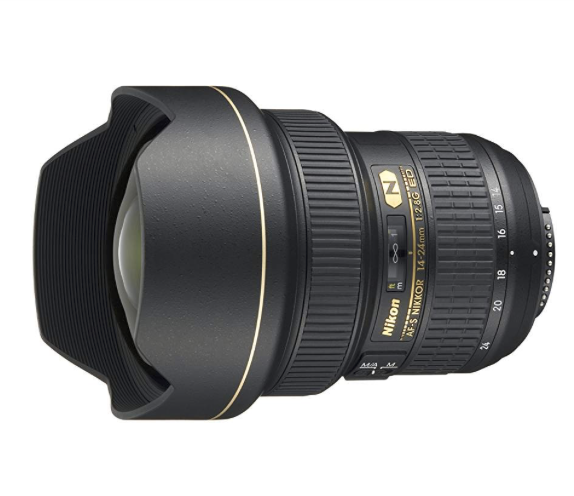 Big, heavy and expensive, with a huge curved glass element in front that makes using filters difficult, the lens is very specialized as it only zooms 10 mm. I believe the wider the lens the greater the expertise needed. This lens is not for the faint of heart as things can go wrong very quickly.
Big, heavy and expensive, with a huge curved glass element in front that makes using filters difficult, the lens is very specialized as it only zooms 10 mm. I believe the wider the lens the greater the expertise needed. This lens is not for the faint of heart as things can go wrong very quickly.

Holding the 14-24mm level or knowing how much out of level you are is key. Sharp, and good at all apertures, this lens is extraordinary. It is rare for a lens this wide to be very good at its edges. This one is.
Seldom neutral or transparent, most photographs made with it bear its "signature", meaning they aren't a window to the world but a definite take on it.
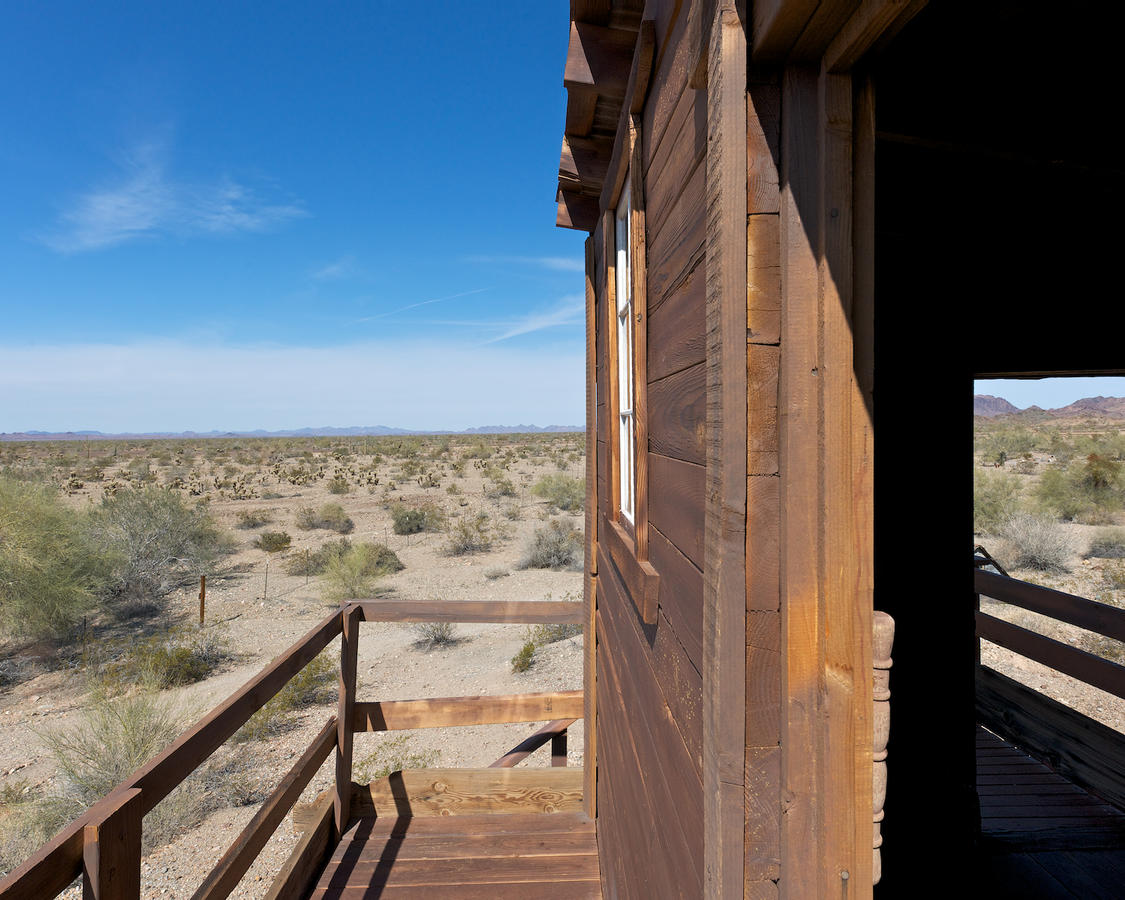
Think about this: do you care about photographs that are interpretive: unusual, different and have their own special look, or would you rather look at photographs that depict reality and rely on content for their impact and meaning? This is an art versus documentary question and one perhaps for another post.
Ah lenses... you can understand photographers' passionate feelings about the lenses they use to make their pictures. I also use the Sony A7r MK III and have the 24-105mm f4 and love the range. This is a very good piece of glass. Often this can mean a "one lens" day for me.
My newest? The 200-500mm f5.6 Nikkor.

Probably designed more for birders and wildlife photographers, I will see soon how it does with landscape. This is such a specific lens, useable only under special circumstances. I am looking forward to pushing it out to 400 and 500 mm in the Palouse shooting Wheat in Washington in late June.
Stay tuned.
